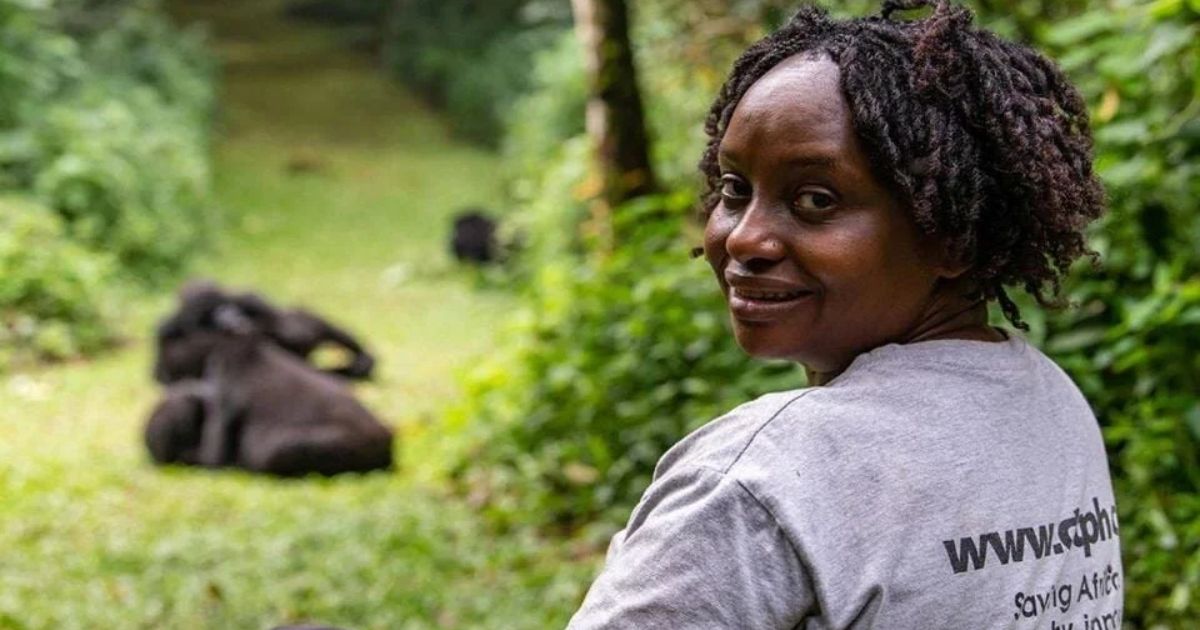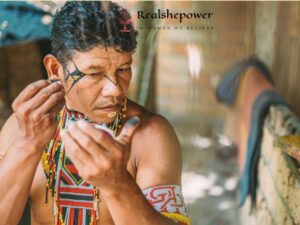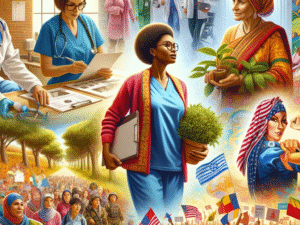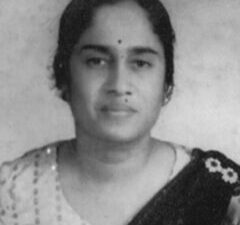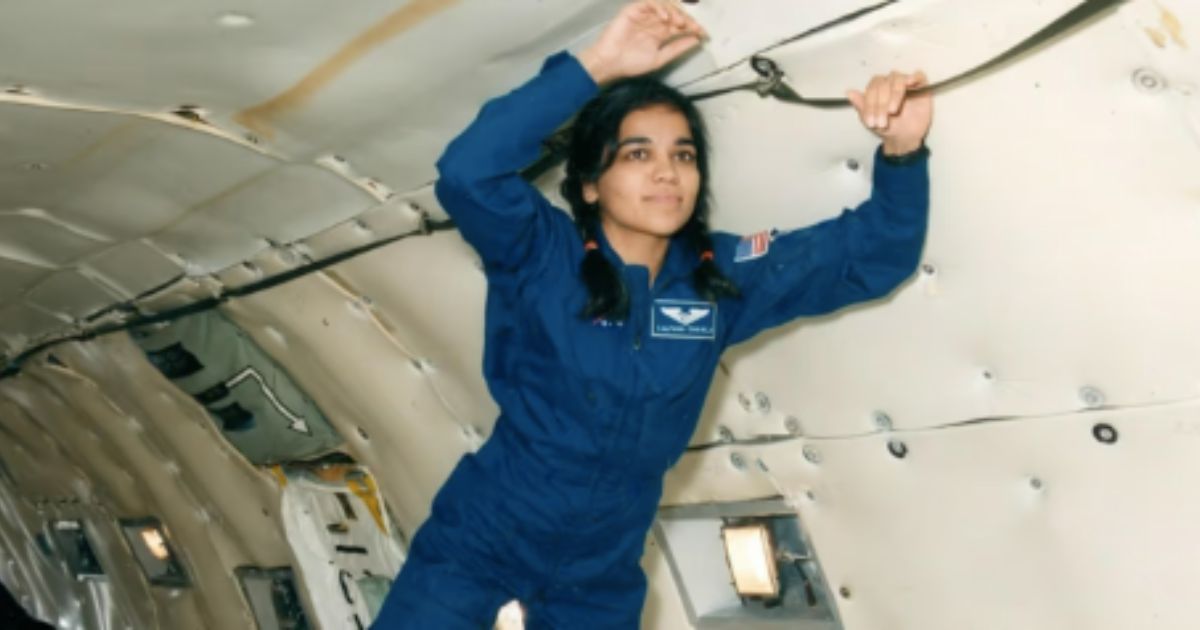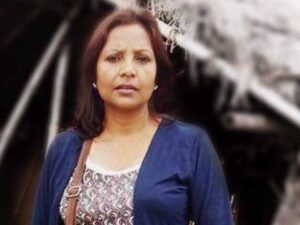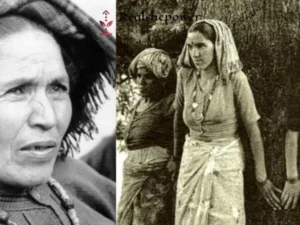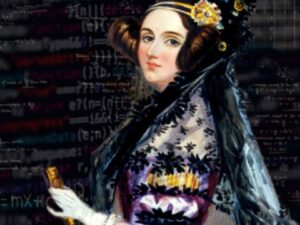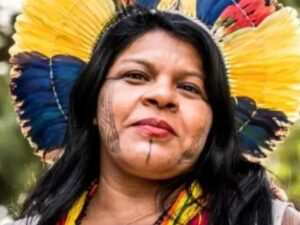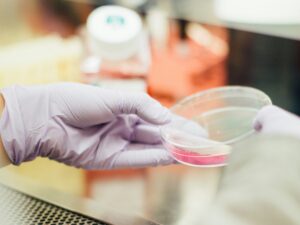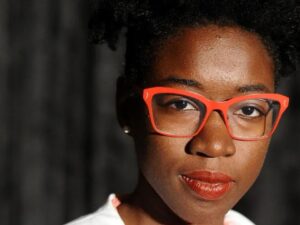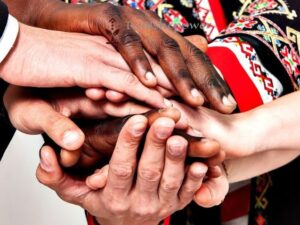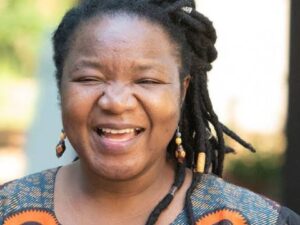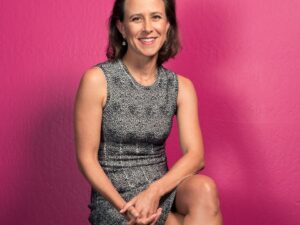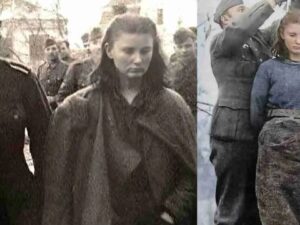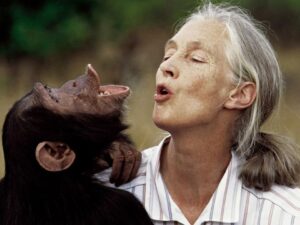If you like stories where science, stubbornness and community meet, then Gladys Kalema-Zikusoka’s life is a treat. She is not a celebrity in the tabloid sense, but she is exactly the kind of courageous, quietly brilliant woman RealShePower loves to celebrate. She trained as a veterinarian, returned to Uganda, and decided that protecting mountain gorillas would mean treating the people who live beside them. That simple shift in thinking changed conservation in East Africa.
Gladys became Uganda’s first wildlife veterinary officer in the mid-1990s, a time when the country was still rebuilding after decades of conflict. She saw quickly that gorillas were not threatened by poaching alone. They were vulnerable to the same germs people, livestock and pets carried. Those infections could move across species boundaries and devastate entire gorilla families. That insight pushed her to found Conservation Through Public Health, or CTPH, a nonprofit that uses what people now call One Health approaches: treating human health, animal health and environment as linked parts of the same problem.
Why is that idea so powerful? Imagine a remote community where a child has diarrhea, the family uses a river for water, a cow grazes at the forest edge and a group of mountain gorillas passes through nearby farmland. Treating the child’s illness, improving sanitation and delivering veterinary care are not separate acts. They are steps that reduce the chances a microbe will jump between species. CTPH built village health teams, trained park rangers to spot sick gorillas, worked with health clinics and taught people about hygiene and family planning. The result is not just healthier people, it is healthier ecosystems. That on-the-ground, practical work is why international groups have recognized Gladys with awards and invitations to global forums.
One program that shows how practical solutions can be elegant is Gorilla Conservation Coffee. Launched as a social enterprise, it links farmers who live around gorilla habitat to better market prices for their Arabica coffee. The idea is simple. If households earn more from coffee, they rely less on risky activities that put gorillas and forests in danger. At the same time, the program channels a small fee from tourism back to communities. Over time, better incomes meant better access to healthcare, fewer disease risks for people and livestock, and therefore fewer risks to gorillas. It is conservation that runs through the economy, not just through law.
If you want numbers, they matter here. When Gladys started her work in the 1990s, Bwindi Impenetrable Forest’s gorilla numbers were precarious. Intensive conservation and community programs in Uganda, Rwanda and eastern DRC over the past two decades helped raise the mountain gorilla population across their range, with counts moving from a few hundred to over a thousand in combined tallies from the mid-2010s onward. That turnaround is not because of one person, but her One Health model contributed directly to safer human-gorilla coexistence, and that contribution is now part of why conservationists are more hopeful about mountain gorillas than they were a generation ago.
Gladys’s career reads like a mix of gritty fieldwork and careful science. She has published research about intestinal parasites and disease transmission between humans and gorillas, and she trained park staff to take non-invasive samples and recognize illness early. Those methods matter because wild gorillas are extremely sensitive to human respiratory and parasitic infections. During the COVID-19 pandemic, the teams Gladys helped build were crucial in convincing authorities to prioritize vaccinations for rangers and in advising on safer tourism practices. This is conservation that anticipates pandemics rather than reacting to them.
Awards followed because her work combined innovation with measurable outcomes. Gladys won the Whitley Award in 2009, the Sierra Club’s EarthCare Award in 2018, and in 2021 she was named a UNEP Champion of the Earth for science and innovation. In 2022 she received the Edinburgh Medal, joining a list of conservation leaders who used science to shift public policy and public attitudes. These honors are not just statuettes. They brought international attention and funding to local programs that needed both.
I like that Gladys writes as well as she works. Her memoir, “Walking With Gorillas: The Journey of an African Wildlife Vet,” gives readable, humane accounts of patient gorillas, terrified communities and the small logistical problems that suddenly become enormous in remote forests. She tells stories about tracking gorillas, treating sick animals and negotiating with local leaders. That combination of storytelling and science matters because it brings non-scientists into conservation conversations in humane, relatable ways.
There are lessons in her work that go beyond Bwindi or Uganda, and they are worth pausing on. First, conservation fails if it treats people as separate from wildlife. Second, local leadership matters; outsiders can help, but programs built with communities last. Third, simple economic tools — better coffee prices, safer livelihoods — can have outsized ecological benefits. Finally, blending veterinary science with public health is not a niche idea. It is a necessary practice in a world where habitat overlap is increasing and zoonotic spillovers are a real threat.
For women of color, especially African women who want to work in science, Gladys’s story is a map of possible paths. She walked into male-dominated spaces, created interdisciplinary programs, and refused to accept the idea that conservation and public health are separate careers. She returned to Uganda after training abroad, used local knowledge and networks, and built institutions rather than fleeting projects. That combination of return-home commitment and international collaboration is a recurring theme in stories of successful African women leaders, and Gladys is a vivid example.
If RealShePower readers are looking for action steps, Gladys’s model suggests a few. Support community-led conservation enterprises, look for projects that tie livelihoods to ecosystem health, and back organizations that train local health and conservation volunteers. Read memoirs like Gladys’s to understand the emotional texture of the work. And if you can, amplify local leaders’ voices rather than replacing them.
To close, let me leave you with something small but human. When Gladys talks about her favourite days, she does not talk about ceremonies or medals. She talks about walking in the forest, watching familiar gorilla families from a distance and seeing a community clinic filled with fewer sick children. That image says it all: conservation, for her, is about steady, ordinary improvements in daily life, and about people and animals thriving in the same place. That is the kind of real power we want to lift up on RealShePower.
Sources used for this piece include Gladys Kalema-Zikusoka’s organizational profile and interviews, UNEP’s Champions of the Earth announcement, CTPH program pages about Gorilla Conservation Coffee, her peer-reviewed research on zoonotic risks, and coverage of her awards and memoir.
